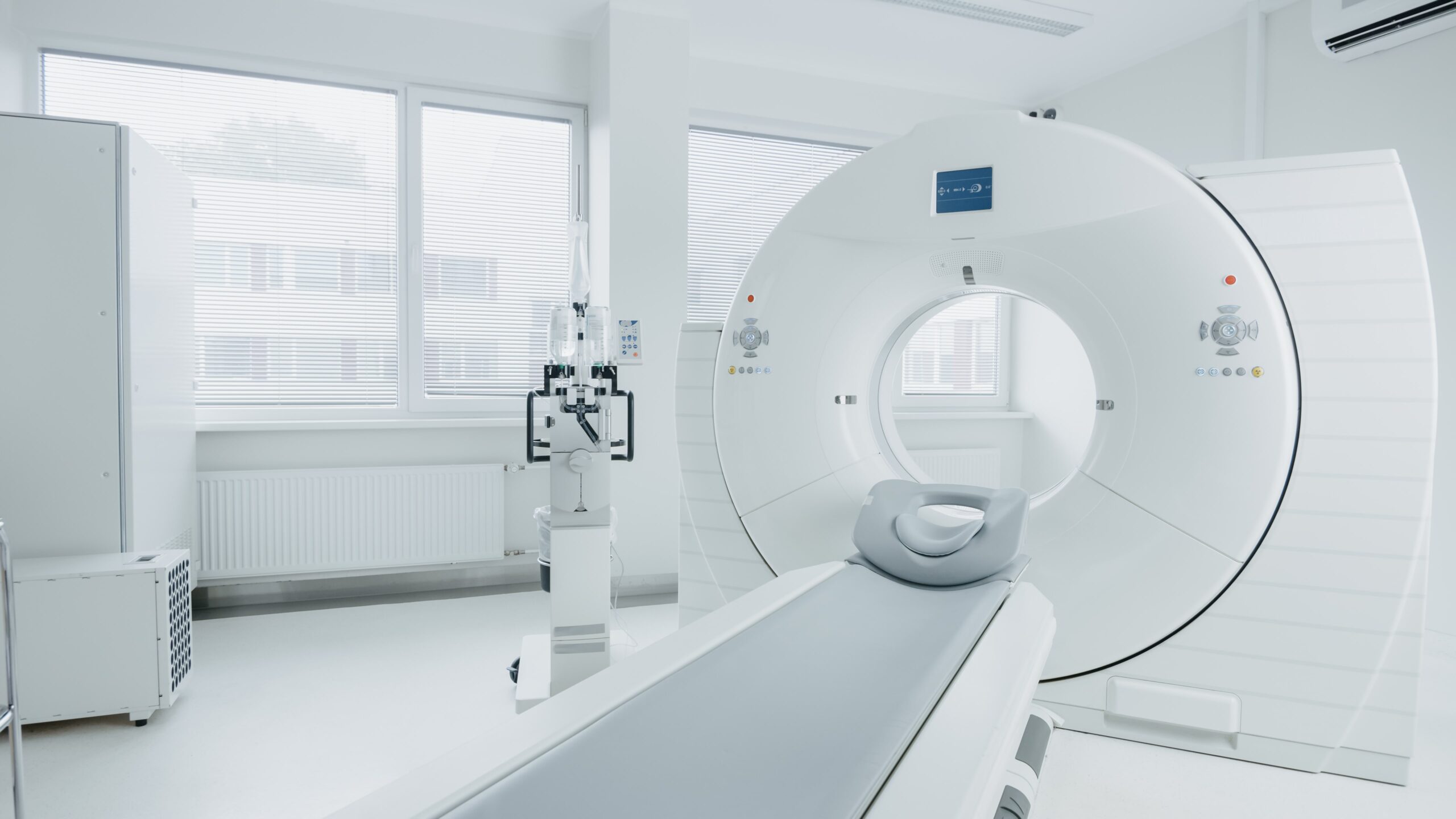
A study published in European Urology reported that prostate-specific membrane antigen positron emission tomography (PSMA PET) imaging was able to improve the accuracy of predicting prostate cancer recurrence following surgery in patients with intermediate- to high-risk prostate cancer. Preoperative PSMA PET imaging improved risk assessment performance compared with postoperative Cancer of the Prostate Risk Assessment (CAPRA) scoring.
Biochemical recurrence (BCR) of prostate cancer following radical prostatectomy occurs in between 20% to 50% of patients within 10 years of surgery. Early BCR, occurring within 3 years of surgery, is associated with poor prognosis and cancer-specific mortality. This study sought to evaluate whether preoperative PSMA PET imaging was a useful biomarker for predicting rates of early BCR following surgery.
Improved Prostate Cancer Recurrence Prediction
Investigators conducted postoperative follow-up for a cohort of 277 patients who underwent radical prostatectomy and pelvic lymph node dissection for intermediate- to high-risk prostate cancer between December 2015 and December 2019. Median follow-up was 32.4 months, and 87% of patients were retained for follow-up. All patients underwent preoperative 68Ga-PSMA-11-PET imaging. PSMA PET prostate uptake, PSMA PET extraprostatic disease, preoperative CAPRA scoring, and postoperative CAPRA-Surgery (CAPRA-S) scoring were conducted to assess risk of recurrence.
Ninety-one BCR events (38%) were observed. BCR was defined as prostate-specific antigen (PSA) levels increasing to ≥0.2 ng/ml after surgery or initiation of treatment at least 6 months postoperatively. Overall, PSMA PET extraprostatic disease (N1/M1) was found in 41 patients (17%). The authors reported that PSMA PET N1/M1, CAPRA score, and CAPRA-S score were significant predictors of BCR according to univariate analysis. Compared with presurgical CAPRA scoring alone, the addition of PSMA PET N1/M1 status significantly improved the risk assessment for postoperative BCR (P<.001). Notably, the predictive results from postoperative CAPRA-S scoring alone were similar to the presurgical model combining PSMA PET imaging with preoperative CAPRA score (P=.19)
“In patients with prostate cancer considered for surgery, PSMA PET can provide information on the risk of recurrence after surgery, before the surgery even happens,” said co-author Dr. Loic Djaileb in a press release. “The imaging tool improves personalized treatments by helping the urologist decide whether or not to perform surgery, and to guide the surgical plan and the follow-up management after surgery.”
“PSMA PET is now the best imaging tool for prostate cancer,” said co-author Dr. Thomas Hope. “As it is still new, we need to learn how to use the information derived from PSMA PET for the best outcomes of patients.” The authors called for further prospective, randomized trials designed with presurgical PSMA PET staging in order to confirm these findings.







 © 2025 Mashup Media, LLC, a Formedics Property. All Rights Reserved.
© 2025 Mashup Media, LLC, a Formedics Property. All Rights Reserved.